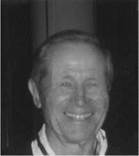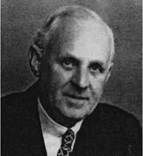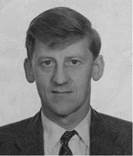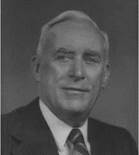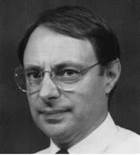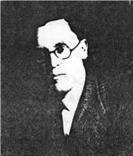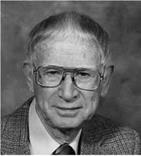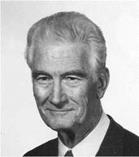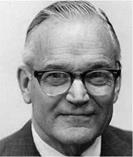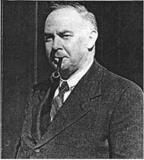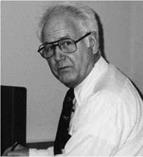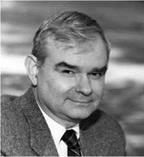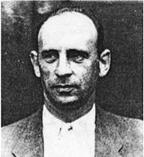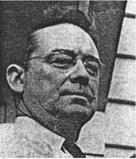Stability and Control Research Institutions
Stability and control research is carried out worldwide in a variety of institutions. There are the governmental laboratories and privately owned research firms that are found in almost every country where airplanes are built. Universities are also major centers of
|
|
|
|||
|
|
 |
|||
|
|
||||
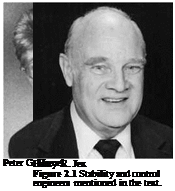 |
|||||
![]()
|
|
|
|||
|
|
|
|||
|
|
||||
|
|||||
|
|
||||

research. One can assume that any university where stability and control is in the curriculum has corresponding faculty or graduate research projects. Finally, aircraft manufacturers can be assumed to have stability and control research in progress at some level, depending on how advanced their products are.
As in many research areas, the lines of responsibility are blurred by cooperative projects among the three groups mentioned – laboratories, universities, and manufacturers. This is especially true when expensive or unique equipment is involved. A prime example is the regulated use of large governmental wind tunnels for aircraft that will enter production, rather than be used for research. Another example is the use of the highly specialized inflight simulators operated by governmental and private laboratories to improve the flying qualities of future production aircraft.
The world-wide extent of stability and control institutions is evident in the sources named for reports and papers in the References and Core Bibliography section of this book.











